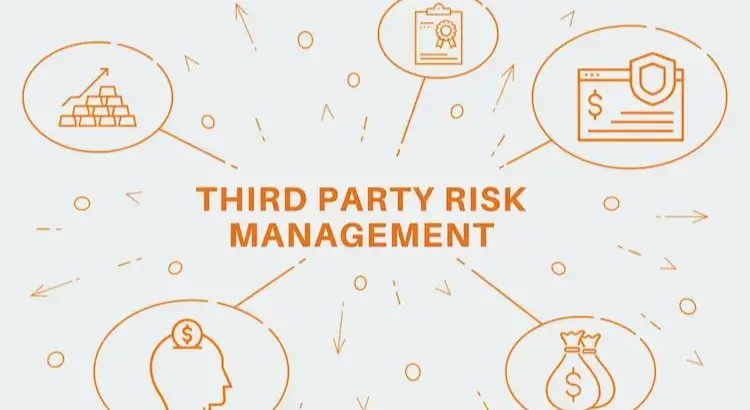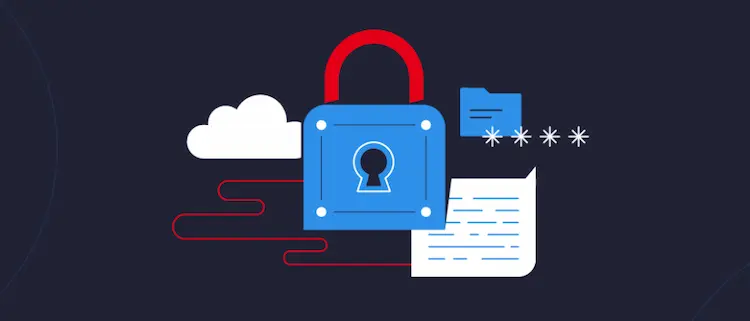There is nothing new about working with third parties; it has been a major part of businesses today. It offers businesses the perks of specialized skills and expertise only found in-house with the requirement of hiring full-time employees. It aids them in scaling their operations, and it offers enormous flexibility in efficiently meeting the customers’ evolving demands.
The perks of third-party connections are already known; however, what about its risks? In our post today, we will look into the importance of managing third-party risks and offer you some tips for making the process efficient and effective.
What is Third Party Risk Management (TPRM)?
Third-party risk management involves identifying and minimizing the risks that often come with outsourcing your services to third or fourth-party vendors or service providers. To reduce the risk imposed by third parties, subcontracting, and on-sourcing agreements have become more and more effective for vendor risk assessment.
It is important for high-risk suppliers who deal with confidential information. It can necessitate due diligence in ascertaining whether or not a prospective third party is staying competent in maintaining the confidentiality of sensitive data.

Impact of Third-Party Risks on Your Business
Outsourcing your operations with third parties is common in businesses today, along with data breaches, many of which arrive out of third parties.
Reports have shown that over 6.41 million data records were leaked in global data breaches in the first quarter of 2023. The number can eventually grow as businesses become more dependent on third parties.
The impact made by the third-party breach is disruptive and has a far-reaching outcome for the impacted businesses. The effects would include the lack of internal controls, internal/external outages, regulatory fines, lawsuits, operational disruptions, and the loss of trust among employees and customers. This is why you need a managed third-party risk program to mitigate the outsourcing risks.
Importance of a Solid TPRM Strategy
Now that you know the importance of having a solid third-party risk management strategy, look more into the benefits.
Safeguarding Data
It is important to safeguard your data and other vital information in the age of digitalization. Third-party risk management solutions can help companies evaluate whether vendors handle their data securely and responsibly and can help protect the data against unauthorized access or manipulation. These are all done while maintaining greater transparency around the processes dealing with vendor management.

Gain a Competitive Advantage
TPRM can help mitigate the risks while creating a competitive advantage for the company by assisting you in maintaining compliance with the industry standards. It also builds trust with your customers and partners. Using these strategies will lead to tangible benefits for business, like increased revenue, improved customer satisfaction scores, and enhanced market share.
Having a good TPRM strategy will aid your business in becoming more profitable and secure, along with deriving the following benefits:
- It helps mitigate the risks associated with data breaches and cyberattacks.
- Helps to safeguard the customer data from any manipulation or unauthorized access
- Ensuring compliance with the industry standards
- Building trust with the partners and consumers
- Creating tangible business benefits
- Third-party or fourth-party risk management
Continuous monitoring will allow you to keep track of your risk posture throughout the company to continuously detect changes and trends. It will enable you to promptly identify, assess, and address the risks.
Real-time Threat Detection
Real-time threat detection is one of the main aspects of third-party risk management. In a time of growing cyberattacks, companies should be able to identify potential threats by maintaining cyber hygiene in business. Using highly advanced threat detection technologies and tools can help firms proactively respond to the growing risk, safeguarding their reputation and data.
Vendor Performance Metrics
Managing third-party relationships is all about optimizing performance. Establishing good vendor performance metrics enables companies to evaluate their partners’ efficiency, reliability, and quality. The data-driven approach can help identify the underperforming vendors to make the best decisions about the constant partnership.
Data Breach Prevention
The constant threat of data breaches is on the rise. The important feature of third-party risk management is to ensure that the vendors follow strict data security measures. Implementing data protection protocols and fostering a culture of cyber threat intelligence can reduce the risk of data breaches from their partners.

Proactive Risk Mitigation
The ideal defense against third-party risks is the proactive offense. Companies should anticipate their potential risks and develop robust mitigation strategies. It involves everything, from conducting complete due diligence before entering into a partnership to having a strong incident response plan.
Mitigating IT and Cyber Risk Exposure
The third-party vendor commitment involves notable access to your company’s data. The software helps you monitor the preparedness of the vendor relationships to identify the cyber threats that strike through the supply chain and take the right actions to defend the technology stack against these scenarios.
Conclusion
Today, you can easily maintain and scale a business by engaging third-party providers. But, you can safely manage the risks involved with hiring third parties with the use of the proper TRPM solutions.
A comprehensive solution in place can bring all your third-party relationships under a single roof, allowing you to manage and mitigate third-party risks.